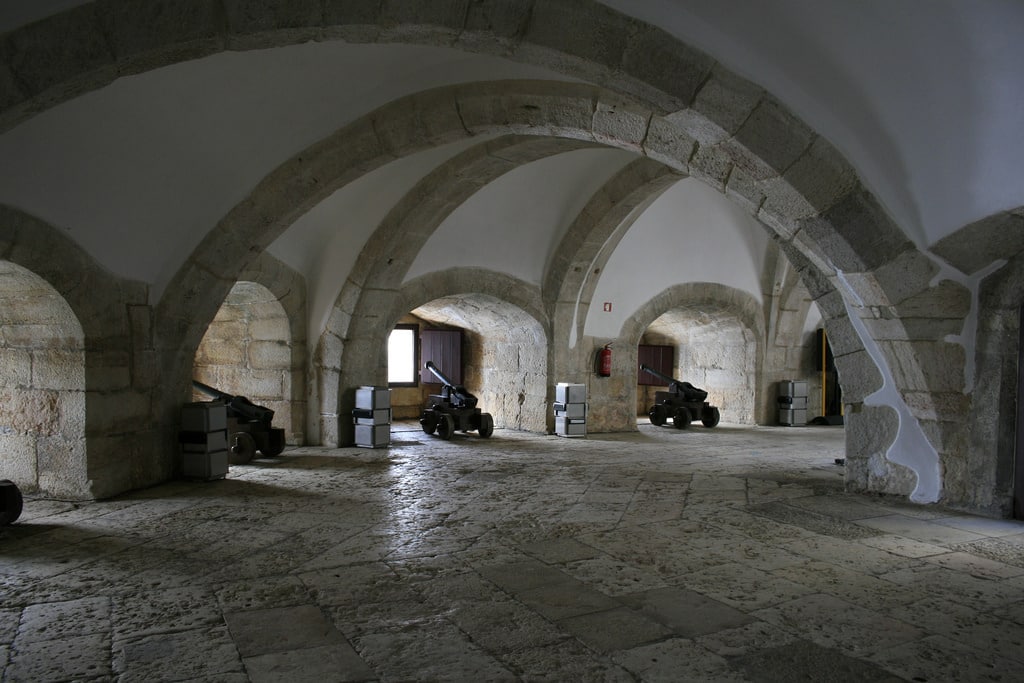We help you get the most out of Belem Tower and museums, tours, activities and destinations by offering you a great selection of local tours and attractions.



The Belem Tower is in the city of Lisbon, Portugal in southern Europe.
This monument was erected for the purpose of service both as a gateway to the city of Lisbon but also as a defense system against possible invasions and attacks from the Tagus.
This rampart was a strategic point also protecting the Jeronimos Monastery, which were strategic points to invade the city.
King John II of Portugal (1455-1495), is at the origin of this building, as well as the fortresses of Cascais and São Sebastião da Caparica.
The shores of Belém were once protected by a ship, the Grande Nau. This was replaced by the Tower of Belém a few years later during the last five years of the reign of King Manuel I of Portugal.
The tower was built between the years 1515 and 1521 by the military architect Francisco de Arruda, who was already the designer of several fortresses erected in Morocco, on lands owned by the Portuguese. The influence of Moorish art is evident in the delicate decorations of the arched windows and balconies, as well as the fluted cupolas of the watchtowers. It is likely that Diogo de Boitaca, the first architect of the Jerónimos Monastery, also participated in the decoration of the building. The battlements and battlements are decorated with rich sculptural ornamentation, typical of the Manueline style.
In 1580, when Lisbon was invaded by Spanish troops for the struggle for the Portuguese throne, the tower was ceded to the Duke of Alba, Ferdinand Alvaro of Toledo. During the centuries that followed, the tower was mainly used as a prison whose underground cells were regularly flooded. Because of its height and its lack of concealment in the landscape, some historians believe that the tower must have served mainly as an outpost.
The tower, built on a small islet close to the banks of the Tagus, has seen the northern shore gradually come closer over time. Some guides claim that the tower was in the center of the Tagus and that the earthquake of 1755 changed its course, bringing the tower closer to the shore – this version has however never been confirmed.
In the 1840s, under the impetus of the writer Almeida Garrett, the tower of Belém was restored by King Ferdinand II of Portugal. At the same time, neo-manueline decorative elements were added to the building.
The building was declared a national monument in 1910.
The tower was built between the years 1515 and 1521 by the military architect Francisco de Arruda, who was already the designer of several fortresses erected in Morocco, on lands owned by the Portuguese. The influence of Moorish art is evident in the delicate decorations of the arched windows and balconies, as well as the fluted cupolas of the watchtowers. It is likely that Diogo de Boitaca, the first architect of the Jerónimos Monastery, also participated in the decoration of the building. The battlements and battlements are decorated with rich sculptural ornamentation, typical of the Manueline style.
In 1580, when Lisbon was invaded by Spanish troops for the struggle for the Portuguese throne, the tower was ceded to the Duke of Alba, Ferdinand Alvaro of Toledo. During the centuries that followed, the tower was mainly used as a prison whose underground cells were regularly flooded. Because of its height and its lack of concealment in the landscape, some historians believe that the tower must have served mainly as an outpost.
The tower, built on a small islet close to the banks of the Tagus, has seen the northern shore gradually come closer over time. Some guides claim that the tower was in the center of the Tagus and that the earthquake of 1755 changed its course, bringing the tower closer to the shore – this version has however never been confirmed.
In the 1840s, under the impetus of the writer Almeida Garrett, the tower of Belém was restored by King Ferdinand II of Portugal. At the same time, neo-manueline decorative elements were added to the building.
The building was declared a national monument in 1910.
The Tower of Belém is considered to be one of the major works of the Manueline style, in particular thanks to its many typical motifs such as the armillary sphere (symbol of Manuel I), the cross of the order of Christ (to which Manuel I belonged) or elaborate ribbed vaults. However, certain ornaments of the tower date from its restoration, in the middle of the 19th century, such as the shields displaying the cross of the military order of Christ, decorating the battlements as well as the small cloister. The most elaborate decorations face the Tagus.
The bastion has a vaulted room, the casemate, with openings in the 3.5m thick walls for the 17 large caliber breech guns. The open roof in the center of the casemate facilitated the dispersion of the smoke generated by the use of these guns. The bastion platform could also serve as a position for smaller caliber weapons.
The Belém Tower was the first Portuguese fortification with two floors of firing positions, marking a new evolution in military architecture. The corners of this platform, as well as the top of the tower, are equipped with watchtowers surmounted by domes reminiscent of Moorish art. The base of the watchtowers features images of wild animals, including a rhinoceros which is considered the first sculpture of this animal in Western European art. This rhinoceros was probably one of those that Manuel I sent to the Pope in 1515. The platform also features, facing the tower, a statue of the Madonna and Child of Belém.
The entrance to the tower is through a porch decorated with several Manueline motifs, including the armillary sphere. The whole tower is decorated with twisted cords carved in stone, which even form a knot on the north facade of the building. The tower is surmounted by statues of Saint Vincent and Saint Michael the Archangel, and has several arched windows. The covered Renaissance-style loggia runs the full length of the southern face of the first floor of the tower, giving a Venetian touch to the architecture of the building. The numerous shields decorating the merlons are in the neo-Manueline style.
The tower, 35 meters high, has three floors and a terrace offering a view of the surrounding landscape. Gunpowder was kept at sea level. Access to the upper floors is via a spiral staircase. The apartments of the commander were on the first floor and a chapel, whose decoration took up the cross of the order of Christ and the armillary sphere, occupied the fourth floor.
